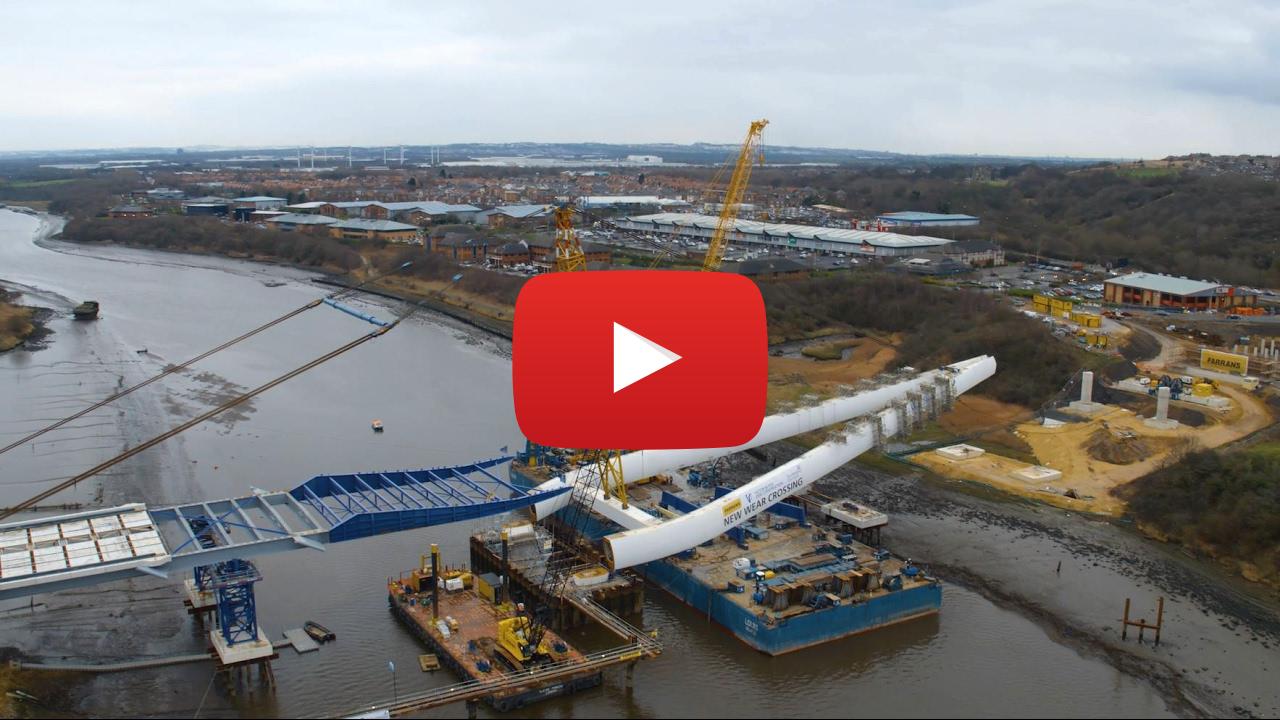
The first operational working of the Renfrew Bridge near Glasgow, Scotland has been accomplished ahead of the bridge opening by the end of this year.
Main contractor Graham said it will continue commissioning works for the bridge that will be the first road bridge across the River Clyde to open for passing ships. The 184m-long cable-stay two-lane road bridge will carry vehicles, pedestrians and cyclists between Glasgow and West Dunbartonshire.
The cable stay system is similar to the Queensferry Crossing - a twin-leaf design with each leaf opening and closing horizontally. Most commercial ships travel on the river during high tide, which happens once during the day and once during the night. When this happens, the bridge will be closed to road traffic, with signs nearby and information online providing advance notice of any closure to all people to plan ahead.
There will be new walking and cycling routes alongside all new roads through Renfrew and across the bridge.
The bridge is central to the major Clyde Waterfront and Renfrew Riverside redevelopment. “It was great to see the bridge closing for the first time in such a smooth, controlled and seamless operation,” said Jim Armour, project director at Graham, a privately-owned national construction company with a €1.32 billion turnover.
The two sections of the bridge were manufactured in the Netherlands and barged over, passing up the English Channel and then up the Irish sea to the site earlier this year.
The project is jointly funded by the UK and Scottish governments through the €1.32 billion Glasgow City Region, a partnership of eight councils working together.









